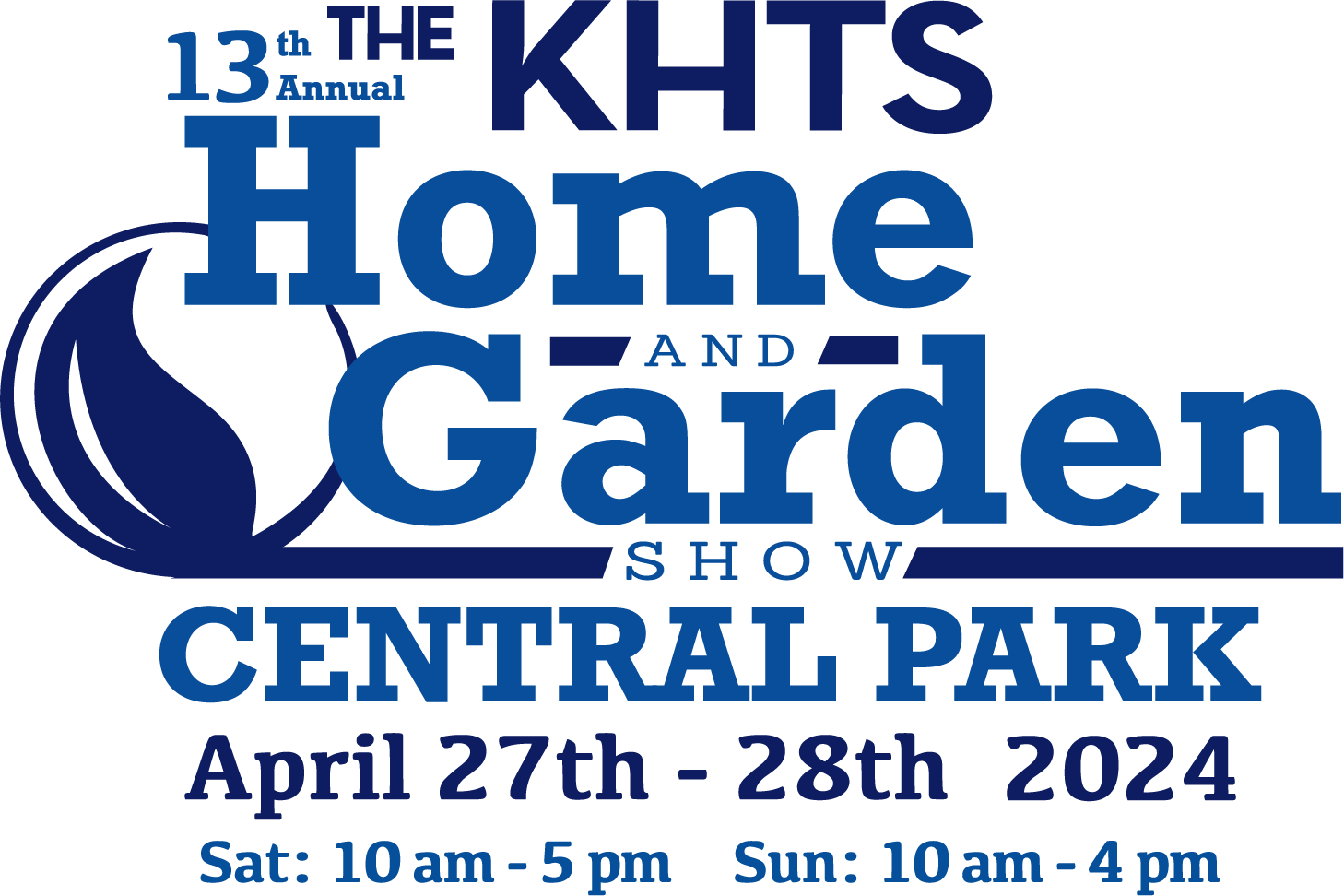Every garden needs a specialized irrigation system. It doesn’t matter if you’re growing flowers, vegetables, or fruits—an irrigation system will significantly impact your gardening efforts.
Visitors and participants of the annual Santa Clarita Home and Garden show know this fact very well, which is why they also may choose the help and services of an emergency plumber in OKC or a nearby town.
The beauty of an irrigation system lies in the fact that it can help you save energy and time on watering your plants on a daily basis. Aside from that, it can also decrease, if not eliminate, the growth of weeds while preserving the soil’s natural nutrients and intact structure.
Then again, you can only experience these benefits if you’ve properly set up your garden irrigation system. If you’re new to gardening and you’re not sure about garden irrigation systems, it’s important to leave the job to the professional installers.
Through this, all the plants and flowers in your garden can get sufficient water on a regular basis. Otherwise, your garden irrigation mechanism might not work according to the plan.
As you already know, water is critical to the plant’s growth. Depending on the plant’s size and type, they should be given the appropriate amount and frequency of water. If your plants get too much or too little water, it won’t take long before they die. To ensure your plants’ survival and healthy growth, consider the following tips:
Know that not all parts of the garden will require the same amount of water
If you’re growing one species or kind of plant in your entire garden, it doesn’t mean that all of them will need the same amount of water. This is why (before you set up your garden irrigation system), you need to make sure that you know that every area in your garden needs a different amount of water.
For instance, plants that get more sunlight need more water compared to those planted in heavily-shaded garden areas. Those plants positioned at the bottom of a slope also tend to get and retain more water compared to those planted in higher areas.
If you consider these factors thoroughly, you can design a fully-customized and effective irrigation system for your home garden.
Utilize a drip line emitter
Drip or line emitters are primarily used to distribute water to all your plants from mainline tubing. This kind of tool is very useful in distributing precise water amounts every time, irrespective of the water pressure changes. If there are flower beds in your garden, shooting water can damage them.
This means you should consider shifting to a drip line emitter instead. The water from this emitter can feed directly into the soil, decreasing the chances of your plants being harmed. Aside from that, this drip line can also help you conserve more water compared to other irrigation systems.
Gather information on all the components you use
You might be tempted to install your own irrigation system, but this can lead to a more expensive setup. To make sure that you’re only spending within your budget, try working with local plumbers instead. These plumbers can help setup effective garden irrigation.
Once your professional plumbers start working, gather as much information as you can about every component they use like names, model numbers, and types. These bits and pieces of information can come in handy if you need repairs and maintenance later on.
Gardening and landscaping are relaxing activities, especially for hobbyists. If you’ve just discovered the many benefits of gardening and you’re planning to set up your home garden, start with setting up your irrigation system. Everything else will follow. And for your plumbing needs, only work with the licensed plumbing professionals.





